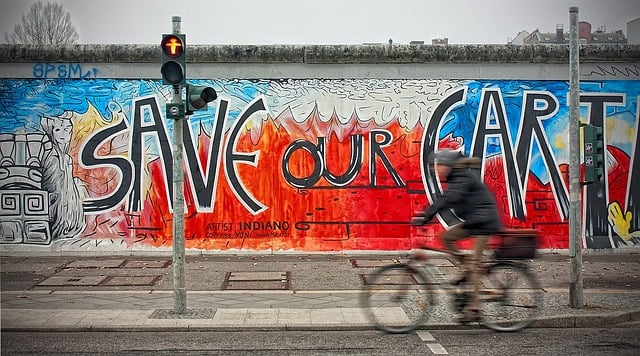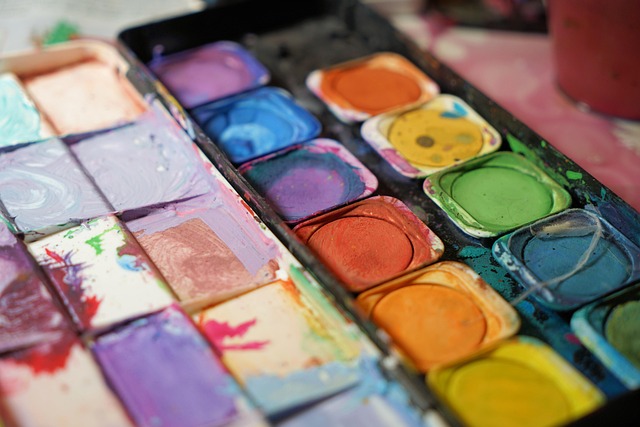Exploring the Impact of Modern Art Movements on Graphic Design
Graphic design is an ever-evolving field, deeply intertwined with the cultural and artistic shifts that shape our society. When we talk about the influence of art movements on graphic design, we’re talking about more than just styles or trends—we’re diving into the very soul of creative expression that molds how we communicate visually.
Modern art movements like Bauhaus, Surrealism, and Pop Art have left indelible marks on graphic design, each bringing unique philosophies and aesthetics that resonate through logos, posters, typography, and digital media today. For instance, the Bauhaus movement’s emphasis on simplicity and functionality redefined minimalism in design, encouraging clarity and purpose in every visual element. This legacy is clear when you look at modern branding that values clean lines and straightforward messaging.
Surrealism, with its embrace of the unexpected and dreamlike imagery, challenged graphic designers to push boundaries and inject narrative and emotion into their work. This movement opened doors to creativity that thrives on juxtaposition and visual storytelling, allowing brands to connect with audiences on a deeper, more subconscious level.
Then there’s Pop Art, a vibrant explosion of color and cultural symbolism that brought everyday objects and media imagery into the realm of high art. Its playful approach has energized graphic design with bold palettes and dynamic compositions, often used in advertising to grab attention and evoke nostalgia.
Stepping into the world of modern graphic design with these historical art movements in mind offers more than inspiration—it provides a foundation for meaningful and innovative visual communication. As designers, understanding the ethos behind these movements helps us create work that is not only aesthetically appealing but also culturally relevant and emotionally impactful.
Whether you’re a seasoned professional or an enthusiastic beginner in the graphics world, recognizing the lasting influence of these art movements enriches your creative practice. It reminds us that design is more than decoration; it’s a powerful language shaped by history, emotion, and the enduring human desire to connect and express.




